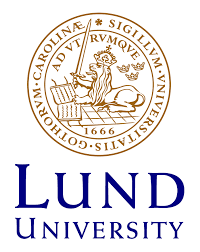The University is ranked as one of the top 100 in the world. We tackle complex problems and global challenges and work to ensure that knowledge and innovations benefit society. We provide education and research in engineering, science, law, social sciences, economics and management, medicine, humanities, theology, fine art, music and drama.
Our 41,000 students and 7,500 employees are based at our campuses in Lund, Malmö and Helsingborg. The University has a turnover of around SEK 7 500 million (EUR 808 million), of which two thirds is in research and one third in education.
We are an international university with global recruitment. We cooperate with 600 partner universities in over 70 countries and are the only Swedish university to be a member of the strong international networks LERU (the League of European Research Universities) and Universitas 21.
Two major facilities for materials research are currently under construction in Lund: the MAX IV Laboratory, which will be a world-leading synchrotron radiation laboratory and ESS, a European facility that will be home to the world’s most powerful neutron source. These will be of decisive importance for materials and life sciences and for industrial development. In Lund, Medicon Village has also been established and will offer a unique environment for life sciences; integrating research, innovation and enterprise creates the conditions for improved health and quality of life.
Members:
Resources
Displaying 1 - 2 of 2ORCHIDEE-PEAT (revision 4596), a model for northern peatland CO2, water, and energy fluxes on daily to annual scales
Time to farm. A qualitative inquiry into the dynamics of the gender regime of land and labour rights in subsistence farming: an example from the Chiweshe communal area, Zimbabwe
Investigates how access to and control over land and labour rights are governed by gender and how that determines men’s and women’s social goals in production and reproduction. Shows how land, besides being a natural resource for food production, is also an important social, cultural and intergenerational symbol, especially for men.



